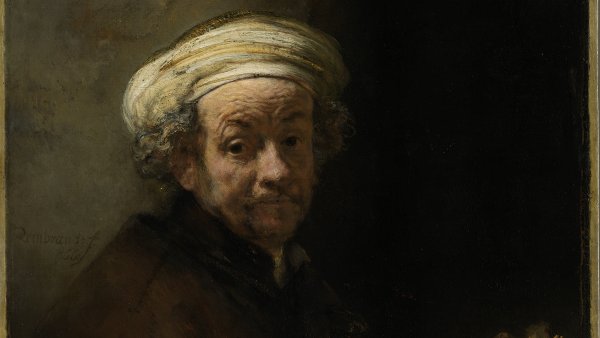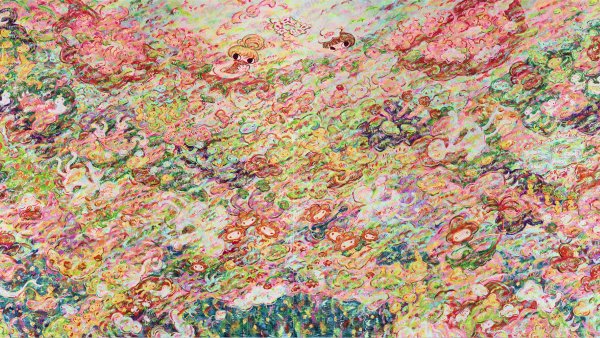Mediterrània, by Joaquim Sunyer
Coinciding with the celebration of the 150th anniversary of the birth of Joaquim Sunyer i de Miró (Sitges, 1874-1956), the Museo Nacional Thyssen-Bornemisza is presenting Mediterrània, an oil painting executed between 1910 and 1911 which is considered one of the founding works of pictorial Noucentisme.
Belonging to the Colección Carmen Thyssen, the painting will be displayed in a gallery that houses works by James Ensor, Erich Heckel, Ernst Ludwig Kirchner, August Macke, Franz Marc and Edvard Munch in the space dedicated to body language, featuring compositions with figures immersed in nature or in bohemian interiors, with simplified forms and uninhibited poses.
In Mediterrània Sunyer focused on the rural landscape of Sitges in a quest for new aesthetic solutions for his native region. Emerging Catalan nationalism aspired to find an artistic style that combined the timelessness of classicism with the idea of the Catalan terrain as an essential element of the Mediterranean world.
This idealised vision of the Mediterranean, in which the painter fused the influences of Cézanne and Gauguin assimilated in Paris with a degree of Arcadian naivety, was immediately considered a paradigmatic example of the new doctrine termed Noucentism by the writer Eugenio d'Ors.
Mediterrània was one of the group of sixty works which Sunyer presented at the Faianç Català gallery in Barcelona in 1911. It always remained in his possession then with his heirs until 1996 when it entered the Colección Carmen Thyssen, which has four other works by the Catalan painter.



